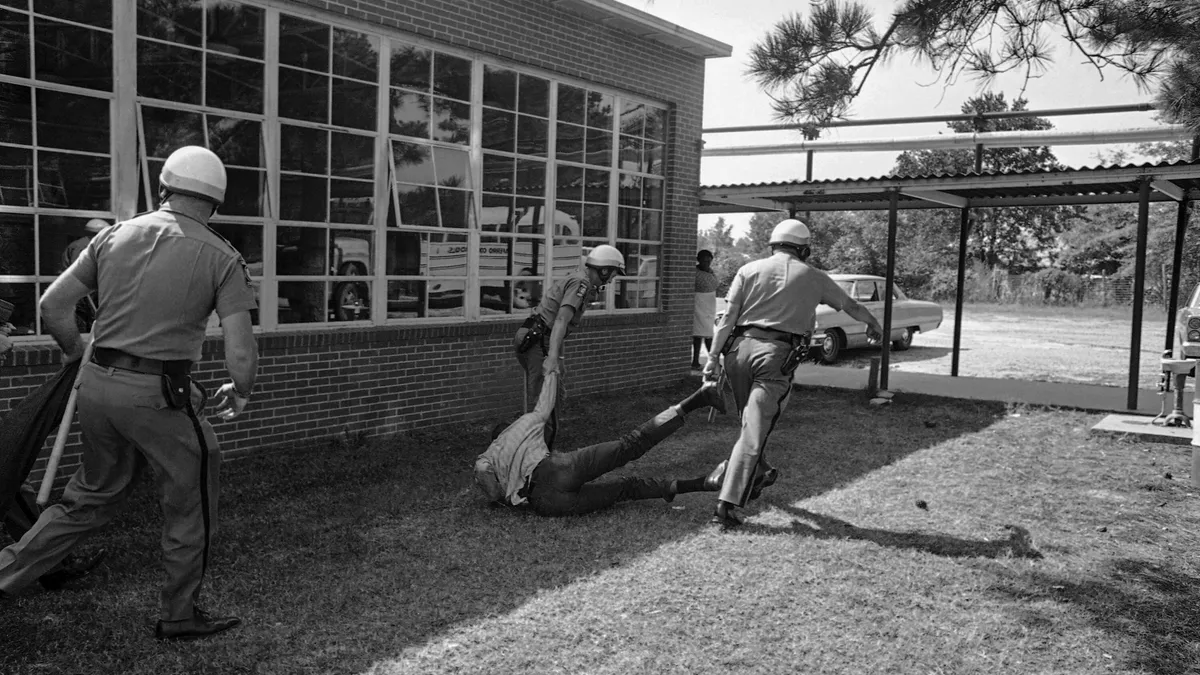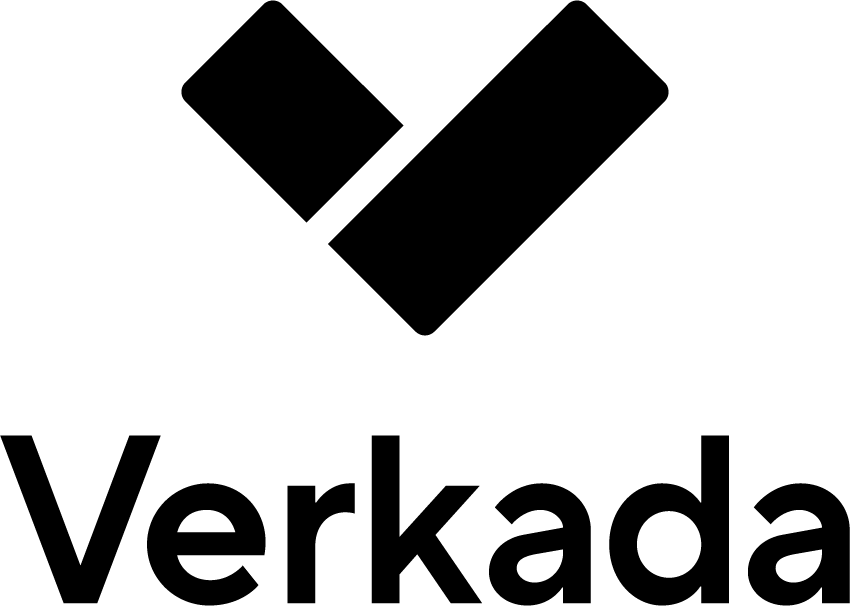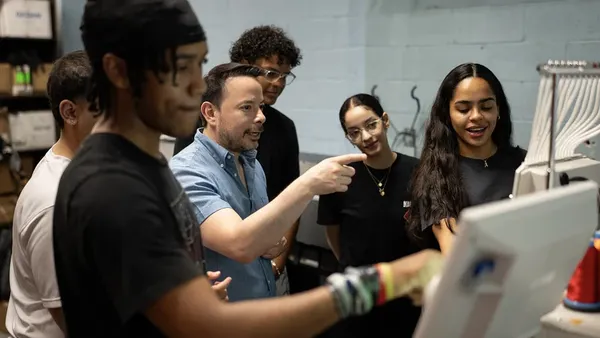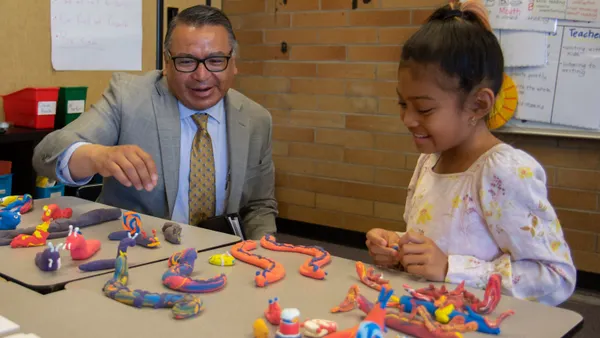Dive Brief:
- A growing consensus shows that while elementary and middle school students are too young to be tracked into specific careers, groundwork for career and technical education can be laid down during the preteen and early teenage years.
- Elementary and middle school students should be exposed to a wide variety of careers, which will increase their self-awareness and help them start to form occupational identities, said Alisha Hyslop, chief policy, research and content officer at the Association for Career and Technical Education.
- Career awareness experiences — presented in age-appropriate ways — should be available to all K-12 students and grounded in experiential and hands-on learning, Hyslop said.
Dive Insight:
The middle grade years are "an ideal time" to invest in CTE and career development activities, according to a 2020 report co-published by Advance CTE and ACTE. That's because these younger students "have not yet settled on an occupational identity — or what they believe they are capable of doing or being — but are beginning to consider key decisions" about the courses they'll take in high school and what they'll do after high school, according to the report.
“It’s about building that knowledge, building some foundational skills and learning about careers so they can make decisions about high school coursework, and then even beyond high school,” said Hyslop. Noting that the work can be grounded in academic standards, she said it's important to look for opportunities across subjects "to start talking about what careers look like in those spaces."
Hyslop said she recently heard about a middle school that used to do a grade 7-8 field trip to the zoo, but the CTE director suggested switching to the airport. There, students heard about the working lives of air traffic controllers, airplane mechanics, and staff in information technology, customer service, hospitality, business management, and security, fire and rescue.
“They got to see all of those different jobs in a way that was authentic to their community, and they had a lot of fun at the same time because it was something out of the ordinary,” she said.
Hyslop said no teacher should be telling an elementary or middle school student that a particular career wouldn’t be appropriate for them, especially given the history of “tracking” in the U.S. “If we go back 20 or 30 years, some students were directed to these careers, some students were directed to these careers,” she said.
Families, employers and others in the community should be involved in CTE, Hyslop said. Employers can be invited to speak to classrooms or at events and to host field trips. “But also, getting families involved in thinking about opportunities from an early age is really important,” she said.
The Cajon Valley Union School District in suburban San Diego has adopted these principles, launching the World of Work curriculum for all of its 18,000 students nine years ago starting in kindergarten to explore the full gamut of career possibilities.
By 5th grade, the curriculum integrates the RIASEC framework of potential career types: Realistic, like a mechanic or plumber; Investigative, like a scholar or scientist; Artistic, like a designer or writer; Social, like nurse or teacher; Enterprising, like sales or marketing; and Conventional, like accounting or administration.
“We have kids going into high school with intentionality,” said David Miyashiro, superintendent of Cajon Valley USD. “They have a language of self-awareness, and they understand their strengths, interests and values. Sixth graders can come out of a class and talk about, ‘These are my strengths. I’m interested in these types of careers because they’re outdoors, or I’m a service-oriented person, or I like working with my hands.’”
The World of Work curriculum hasn’t changed radically over the years, although teachers have made creative updates from year to year, Miyashiro said. For example, he said, teachers might determine how to incorporate generative artificial intelligence and discuss how it’s shifting the world of work “to make sure we’re keeping current with what the jobs of the future are.”
Attempting to integrate CTE into the periphery of a curriculum is a mistake because it ends up being a niche program that only benefits a small number of students, he said. “It checks a box, but it doesn’t change the outcomes for a majority of students. If you’re going to do it, go all the way and make it accessible for every student.”











